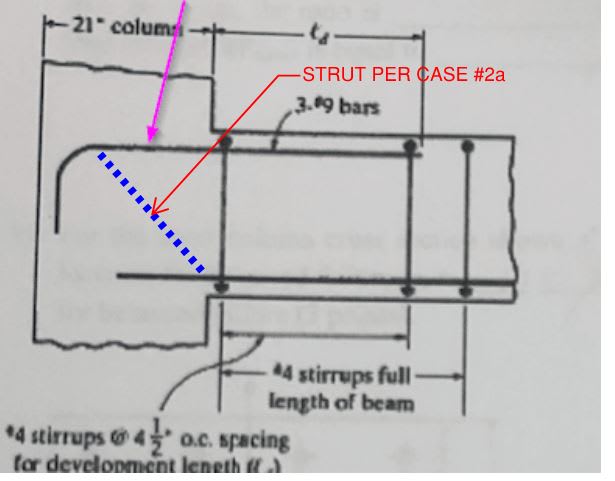Logan82
Structural
- May 5, 2021
- 212
Hi,
Is it possible to use ACI 318 Rebar Development Length formulas to design post installed anchors (rebars) that are in tension only?
Also, if I understand correctly, Rebar Development Length formulas are for rebars in tension only, whereas post installed anchors formulas are for tension + shear.
Is it possible to use ACI 318 Rebar Development Length formulas to design post installed anchors (rebars) that are in tension only?
Also, if I understand correctly, Rebar Development Length formulas are for rebars in tension only, whereas post installed anchors formulas are for tension + shear.






